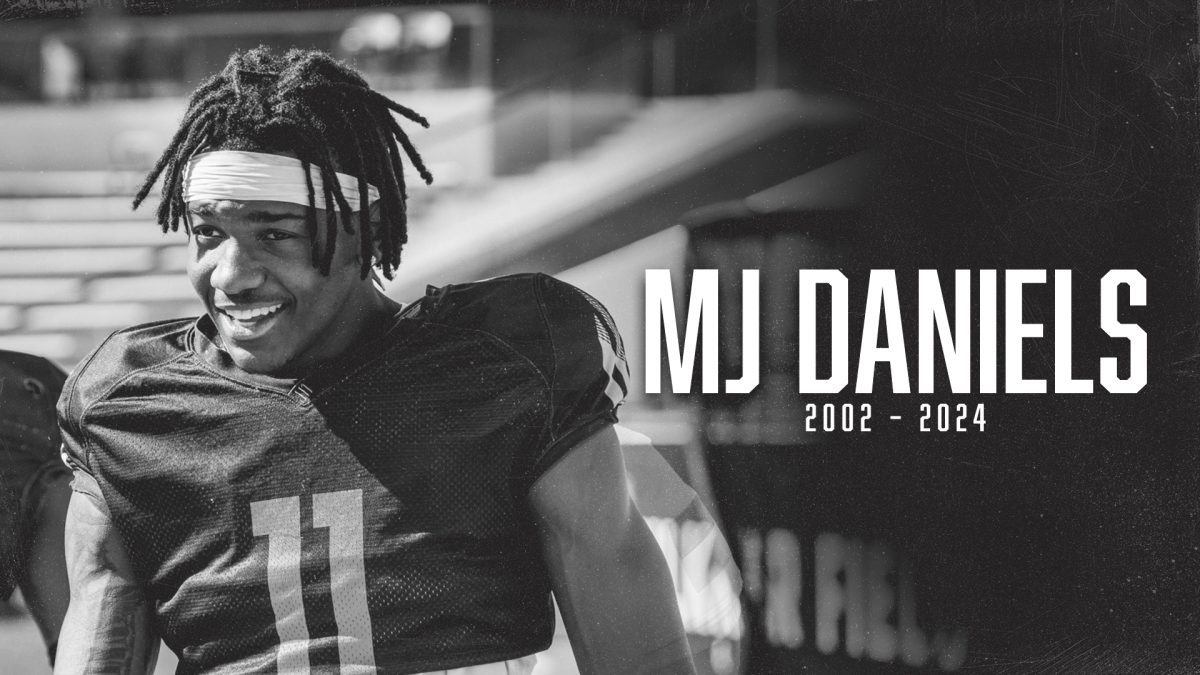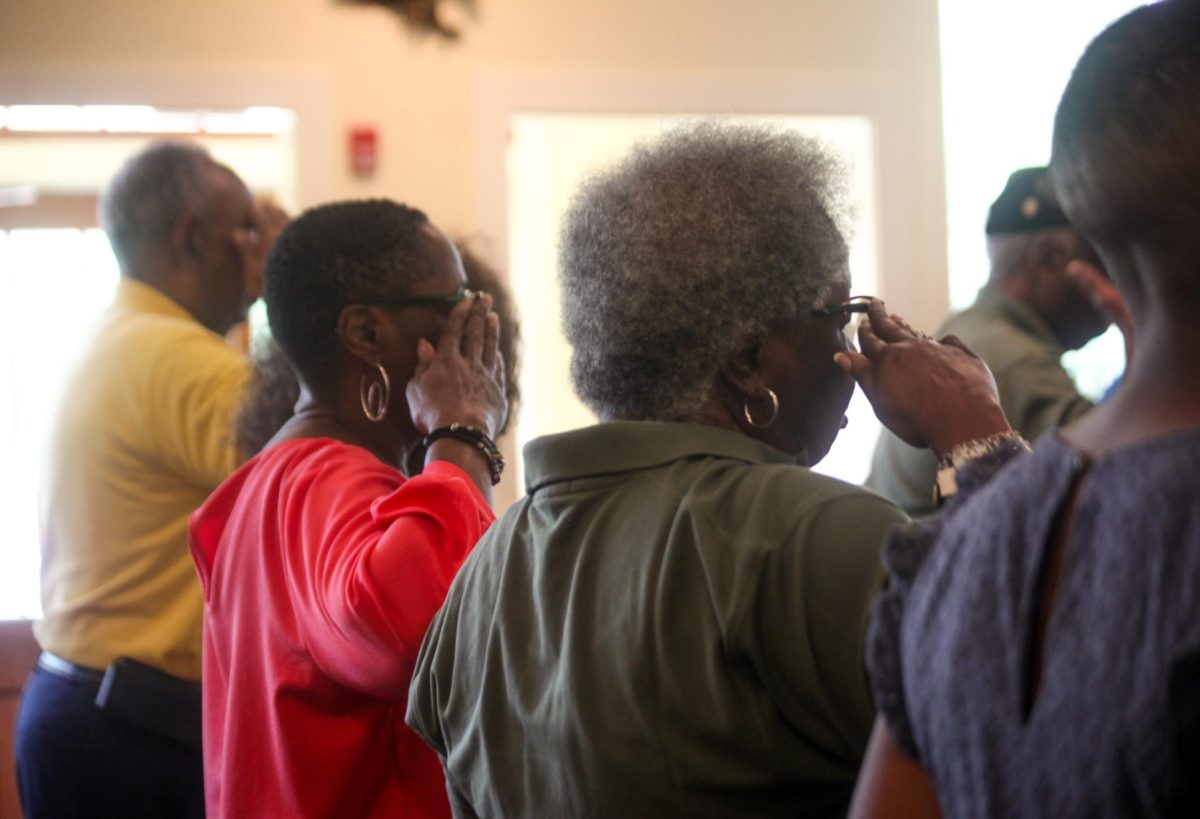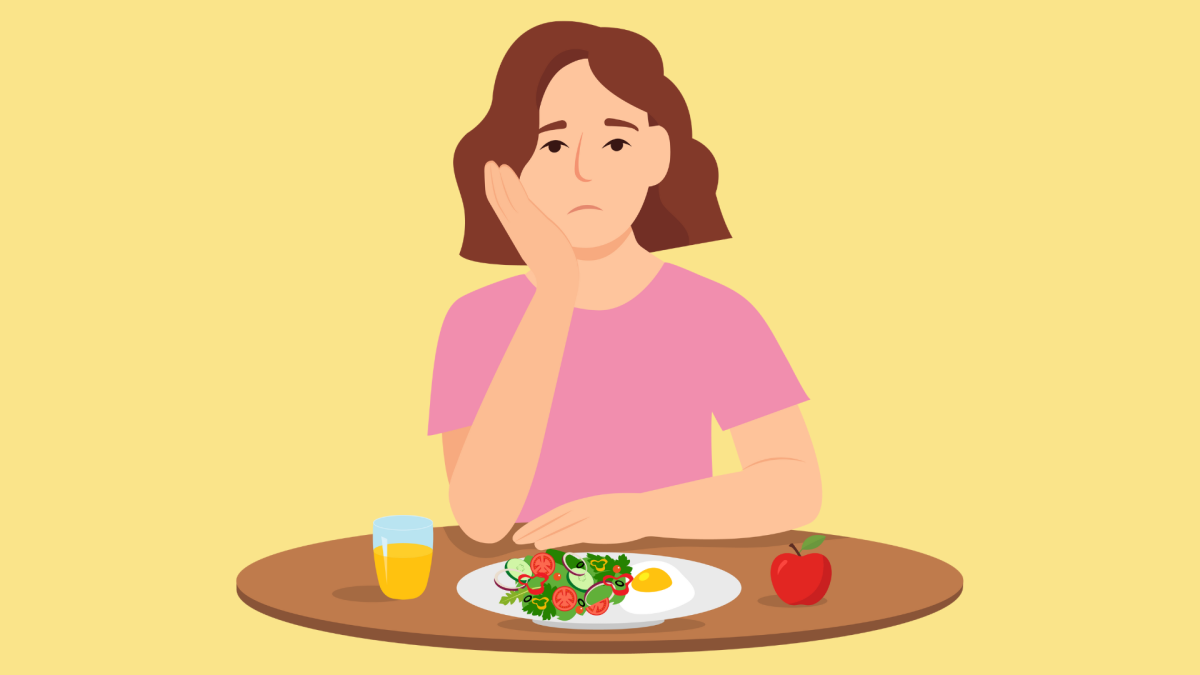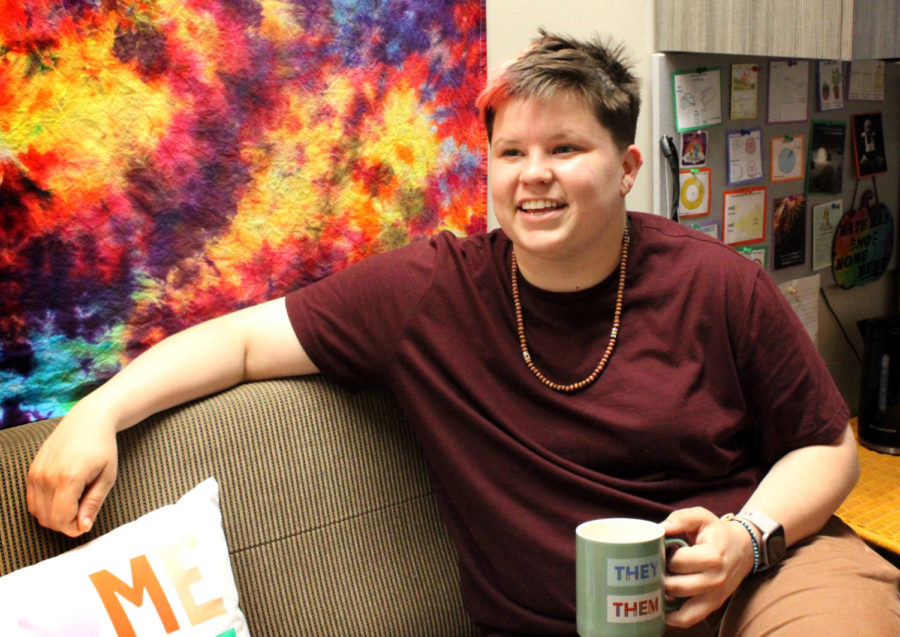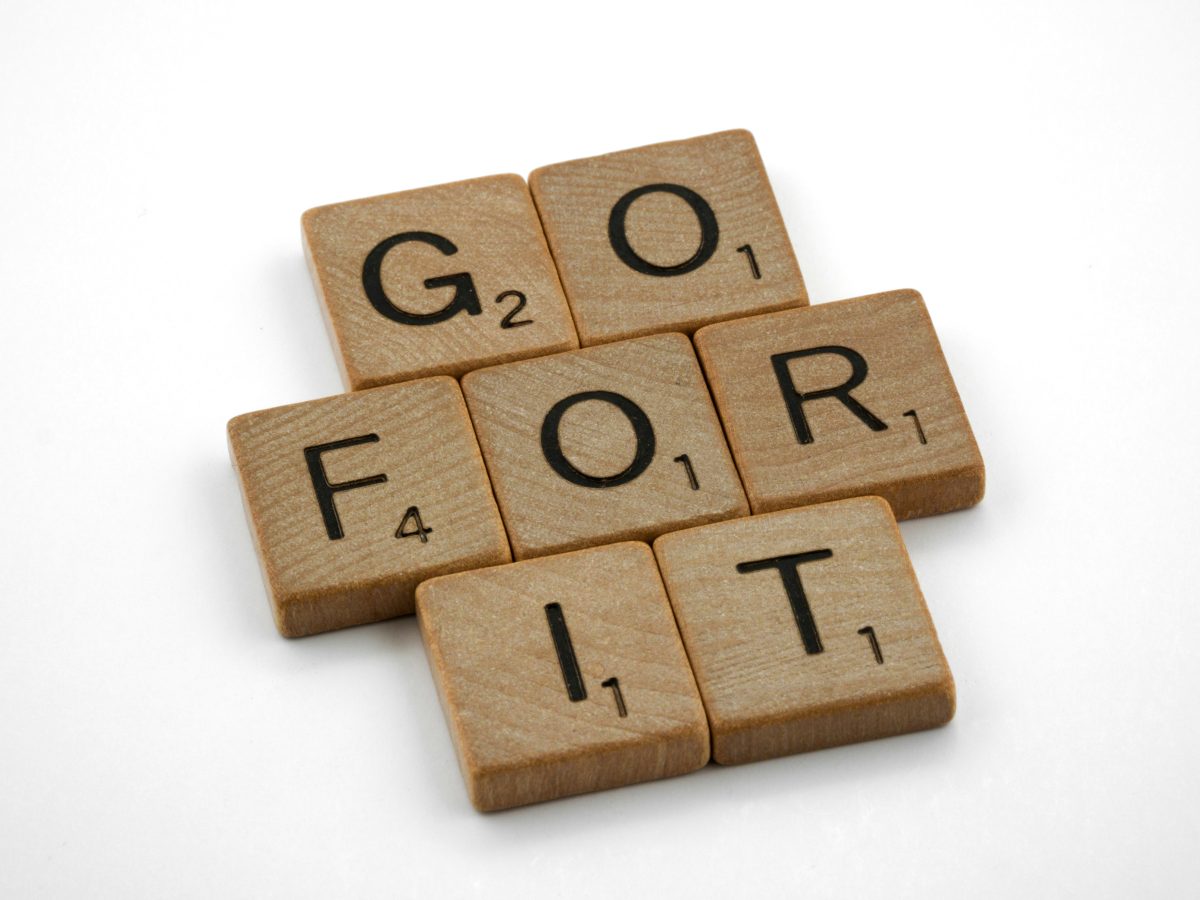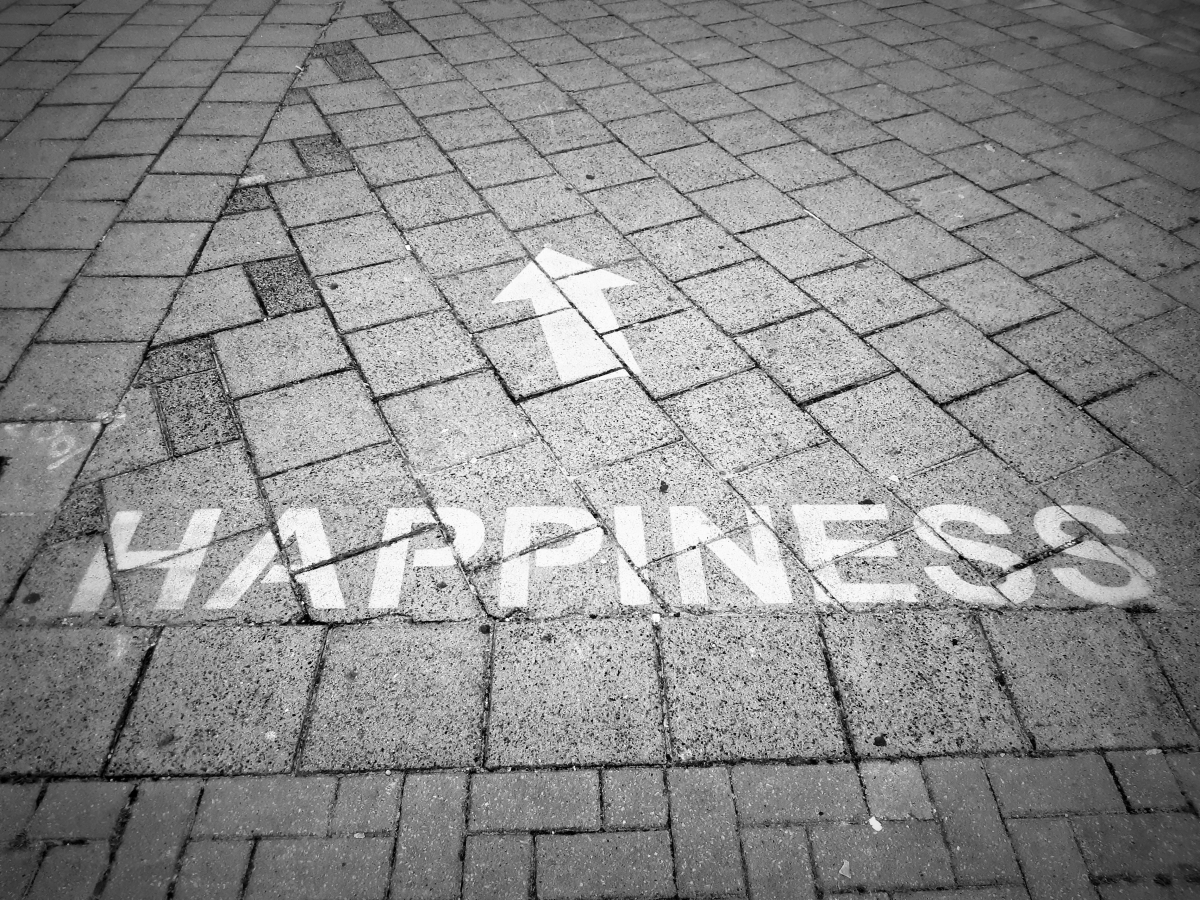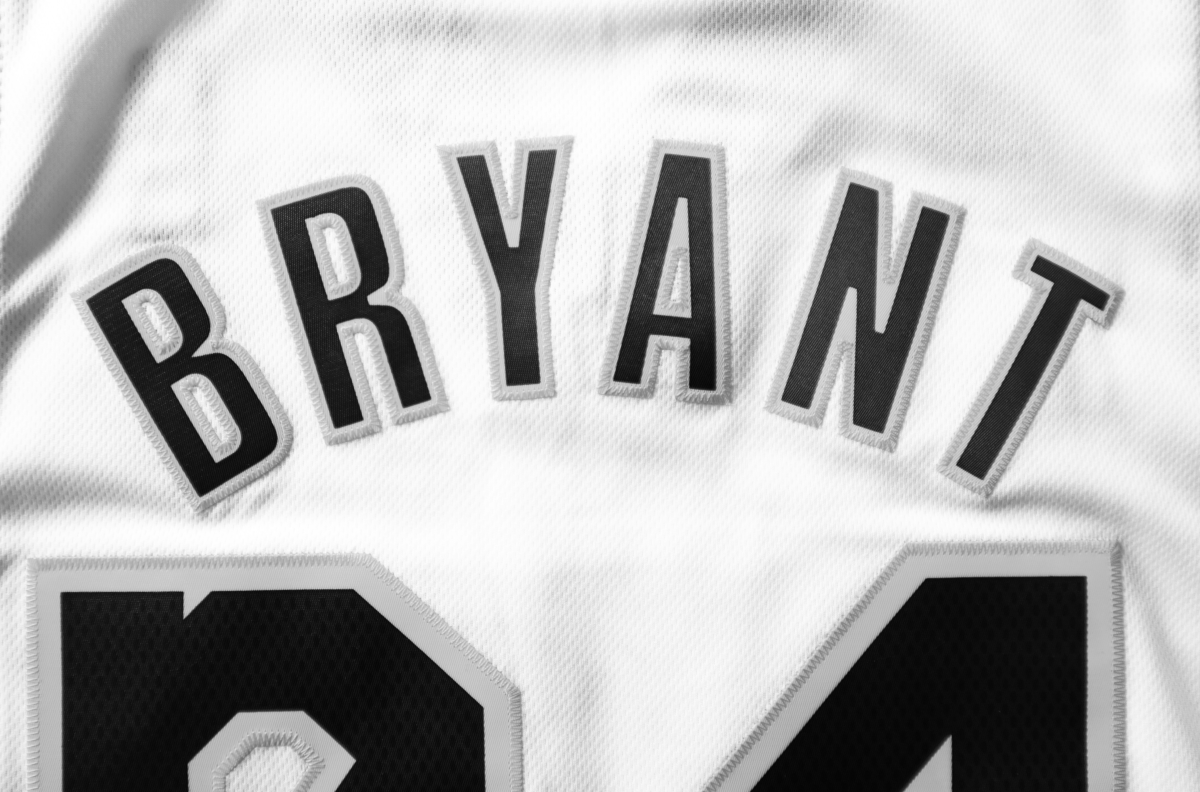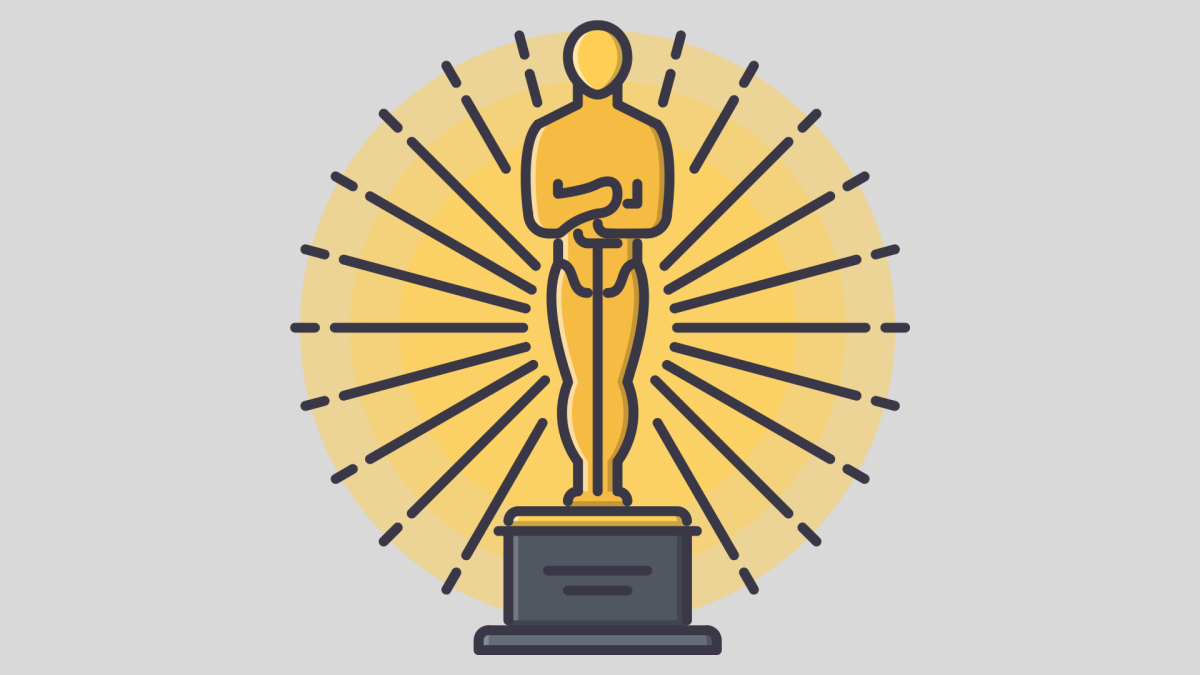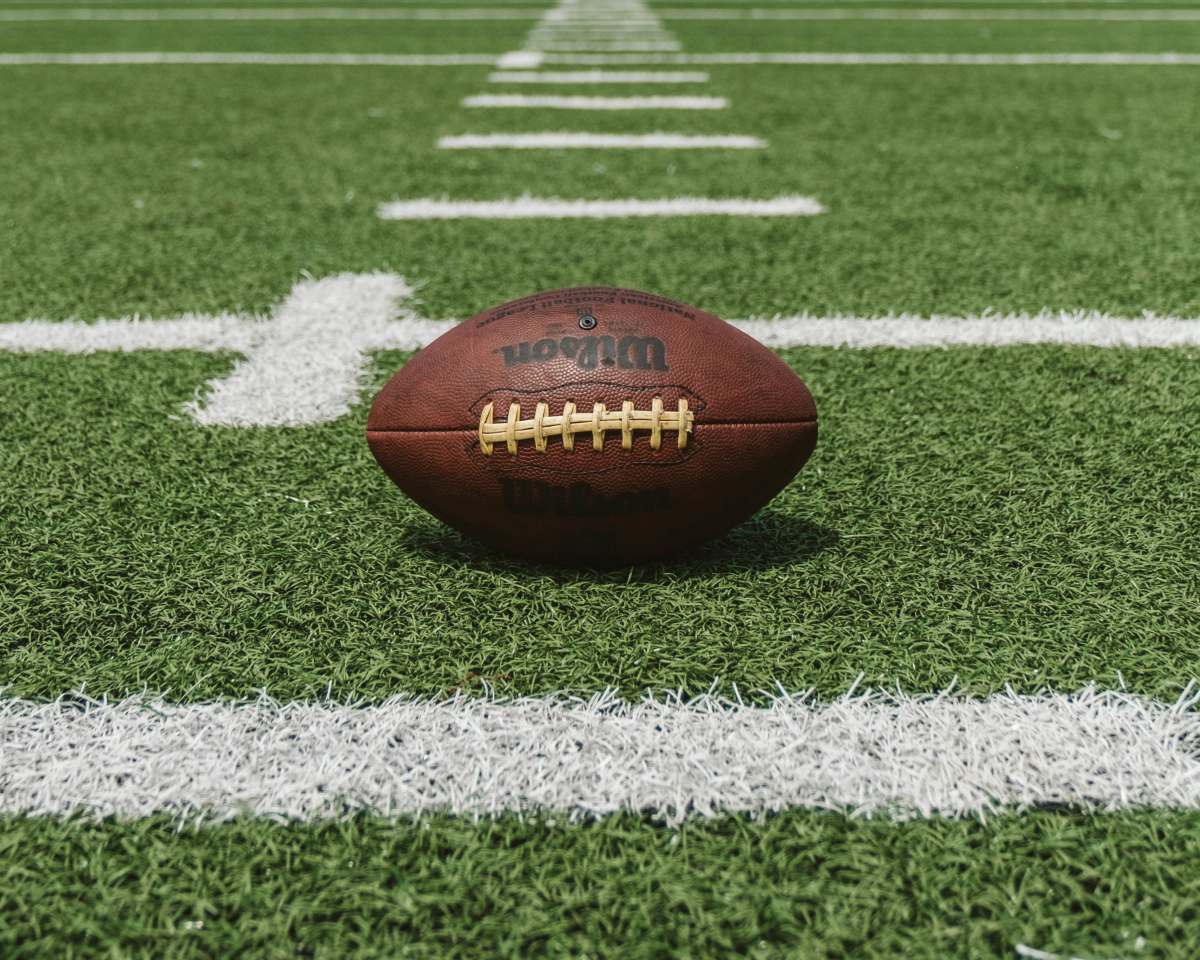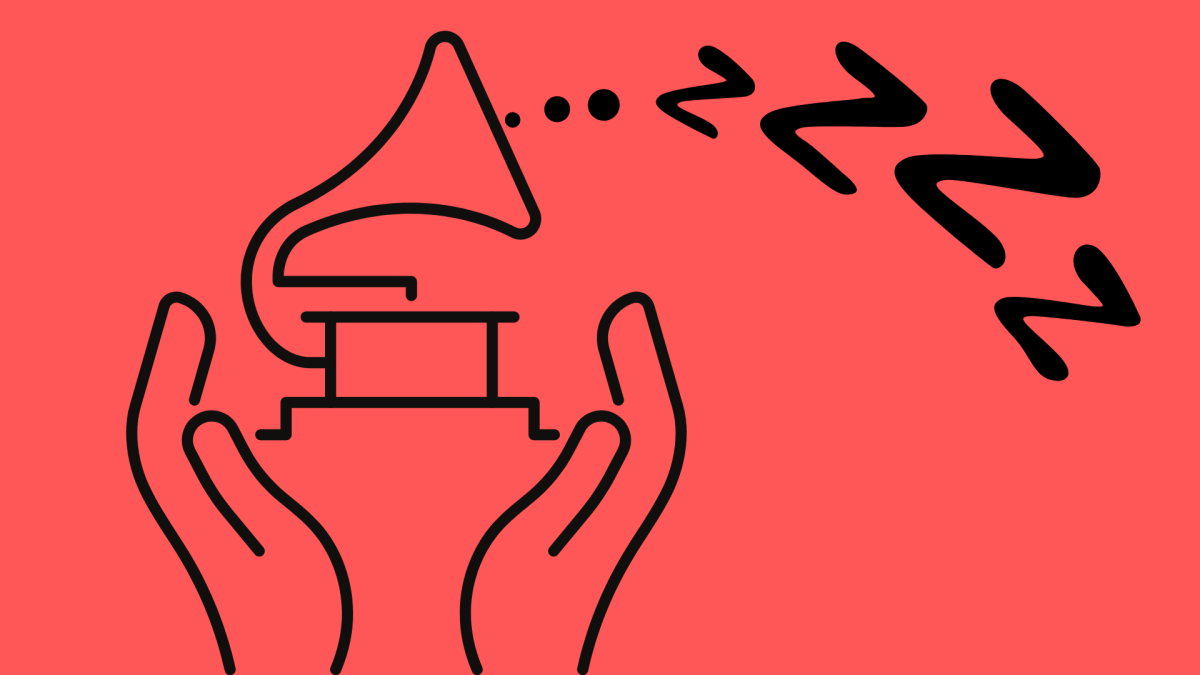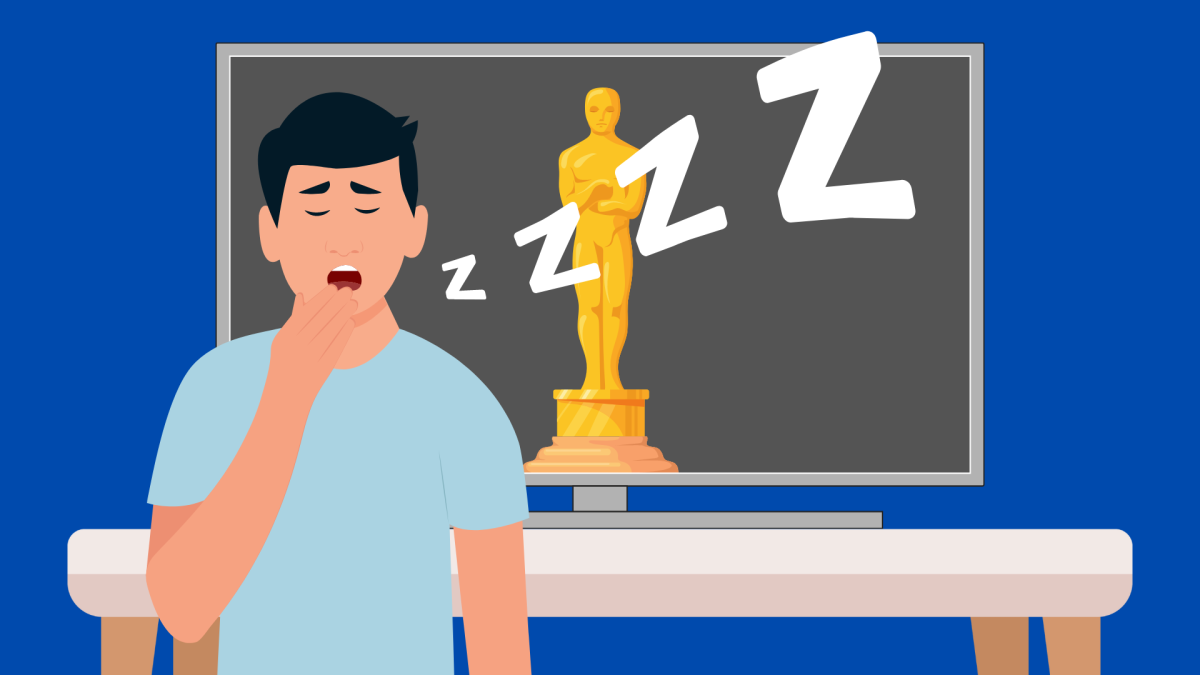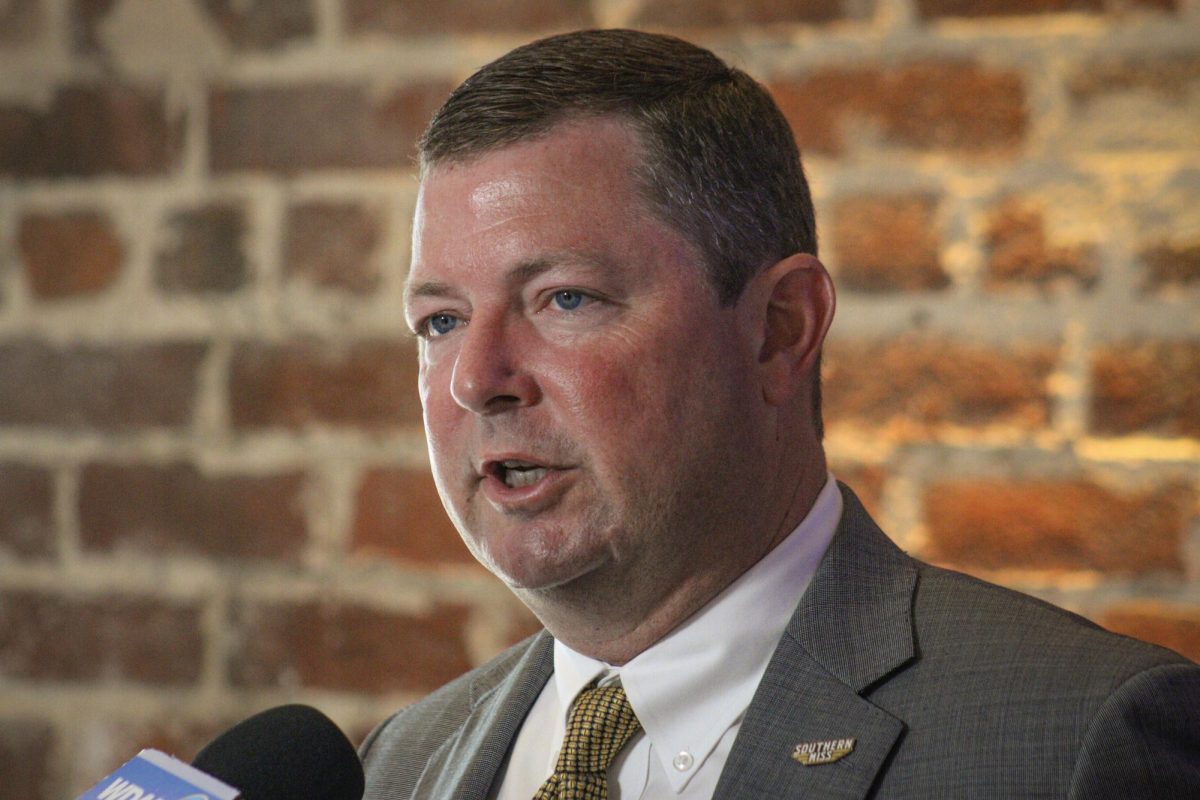The smell of waffles filled the air as tears rolled down her cheeks. Catherine Lomot had the nutrition facts on the back of the box memorized, and she knew that the waffle mix had more sodium in it than she allowed herself to have each day. She knew that the people she watched on social media ate smaller portions, so to look the way she wanted, she began adopting the pernicious eating habits these people demonstrated.
Waking up late to avoid the temptation of eating breakfast was how Lomot’s days began. Sleeping in was one of her ways of having an excuse for why she was not eating as much as she should. It was easy to tell people not to worry, that if she had not eaten that day yet, it was not a problem since she was just catching up on sleep.
Rising from her bed, she would go straight to the scale. She would strip bare to avoid adding extra weight when she looked down at the number. As with the food she ate, she wanted to be precise, down to the ounce of how much she weighed.
The food she consumed was very intentional. She would spend her nights before falling asleep already calculating what she would eat and the calories of each item. The nutritional facts of things like bread or tortillas were considered before she decided what she could eat without going over her limit of 1,000 calories a day. Sugary foods were avoided at all costs, even during holidays when it was given to her as gifts.
Lomot recalls breaking down over eating too much taco meat after a comment her dad made about how much she had. Throughout the day, anytime she could see her reflection, she fixated on her body, critiquing whatever she saw staring back at her.
“I was not the thinnest person in the room, but I wanted to be,” she said. “I didn’t even realize it was an eating disorder until I saw people on social media talking about it.”
In today’s era of social media and diet culture, it does not come as a shock to learn how many people struggle to feel comfortable in their bodies. One of the biggest influences on self-perception is social media. Excessive exercise and limited meals are romanticized and even falsely depicted as healthy. Many victims of this peer pressure do not even realize the harm they are doing to themselves.
Social media has played an active role in conditioning people to despise their bodies, the very thing they need to live. Everyone’s requirements for a healthy lifestyle are different; however, this does not stop people from comparing themselves to a completely different person.
“For anyone under the age of maybe 16, their brains are not developed enough to make mature decisions,” said Southern Miss student Caleb Fuller. “So there are a lot of unhealthy addictions that begin at a young age for them.”
According to the APA Health Advisory on social media, using social media for social comparison, especially related to physical appearance, is related to poor body image, disordered eating, and depressive symptoms. Particularly among girls, excessive attention to one’s own photos and feedback on those photos is also seen often.
Once a person gains this mindset of needing to look a certain way, it is hard for them to understand that they are more than just a number on a scale. Excessive exercise and limited meals are romanticized and even falsely depicted as healthy.
Lomot, now 19, encourages people to learn the signs of disordered eating amongst themselves and the ones they care about. She thinks back to the friends she lost during her hardest moments. She was easily irritated all the time from lack of eating and over-exercising. She was angry all the time and mean to the people she loved. She did not understand why she was treating them this way at the time, but losing those people drained her even more. She pushed everyone away, isolating herself when she needed people to support her more than she ever had before.
“There were people who noticed but didn’t say anything to me,” Lomot recalled. “Even if I was prone to lie about it, I still wish people would have checked up on me more when they saw the signs.”
It is incredibly important for people to understand that not everything they see online is real and honest. Whether it is how someone eats, exercises, dresses or just how they live in general, people must remember that these things are carefully calculated to only show the best and most attractive parts of their lives.
“A lot of people take one in a million situations and make them appear to be things that can be obtained by an average person,” said psychology major, Braxton Barnes. “Individuals often find themselves looking at social media where they see things that they want but can’t have. It often makes people dislike themselves more for what they can’t have.”
Social media is not going to go away. It is a part of the world as we know it and plays too large of a role in day-to-day lives. However, what can be changed is how social media is used. There are healthy ways to use and enjoy social media without leading to long term mental and physical issues. The APA Health Advisory suggests that people be trained in social media literacy before using social media. This way they can learn the most beneficial ways to use social media in safe and meaningful ways.
“There are 90 calories in a banana, two or three grams of fiber and 24 grams of carbohydrates,” Lomot said. “That mindset. It does not go away.”
The effects of eating disorders in students
Donate to SM2
Your donation will support the student journalists of University of Southern Mississipi. Your contribution will allow us to purchase equipment and cover our annual website hosting costs.


